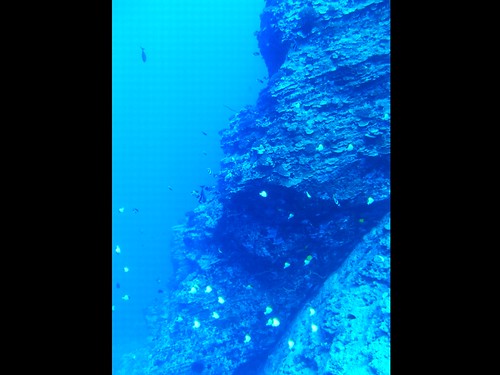...If he really did got to 293 feet on air, I would have thought that the biggest problem would be that even on a high performance regulator, that would be like trying to breathe glue.
I concur with captain and Superlyte27. I offer this as perspective rather than criticism.
Even on chamber runs to 250' plus, air density is really low on your list of distractions. Sure the air feels thick and is usually uncomfortably warm when you reach bottom, but labored breathing is rarely noticed. Breathing on a regulator adds further to the respiratory work load, but there is even more demanding your attention in the water.
Virtually all regulators on the market are quite adequate for the dive in that video. Granted, under extremely heavy work conditions some are less than optimum, but that single tank would be drained so fast at these rates that O2 toxicity and narcosis wouldn't matter.
The regulators we used on 800' working dives 35 years ago were far worse than those delegated to decom bottle service today. Having made at least 100 dives to the 250' range, in cold water, on Scuba, on air, using older and comparatively terrible regulators; breathing performance was not a perceptible problem. Even with repeated exposure and possible increased tolerance to Narcosis, breathing resistance is one of the last things we noticed, let alone reliably judge.
No doubt, higher performance regulators under extreme conditions can contribute to improved human performance. However, you better be on a hose if you blow that much gas because your doubles will be sucking back in no time. AquaLung's least expensive regulator, the Calypso, easily passes the European EN250 requirements and significantly out performs everything we had then. This lowly unbalanced piston first stage and a mind-numbingly simple unbalanced second stage leaves top of the line regulators of that era in the dust.
There is a valid argument that increased respirator work loads diminish diver safety. However, it is well proven that the diver's physical condition trumps regulator performance by a wide margin. Keeping yourself in condition improves safety far more than the finest regulator ever conceived.
Last edited:




